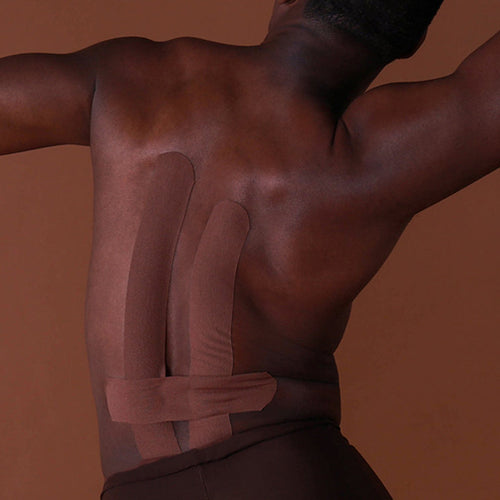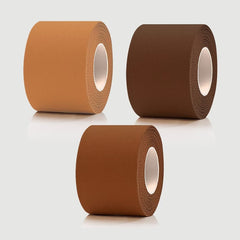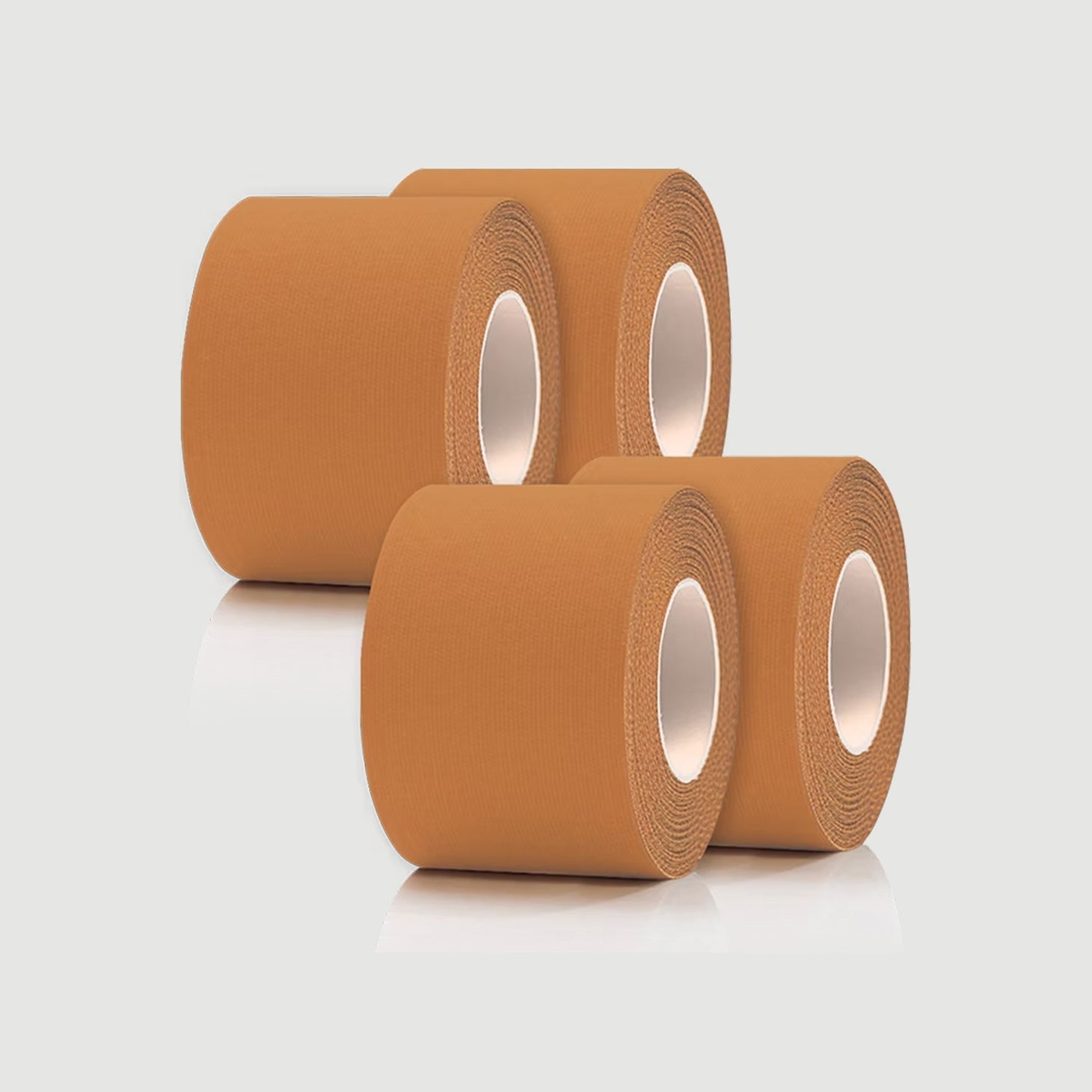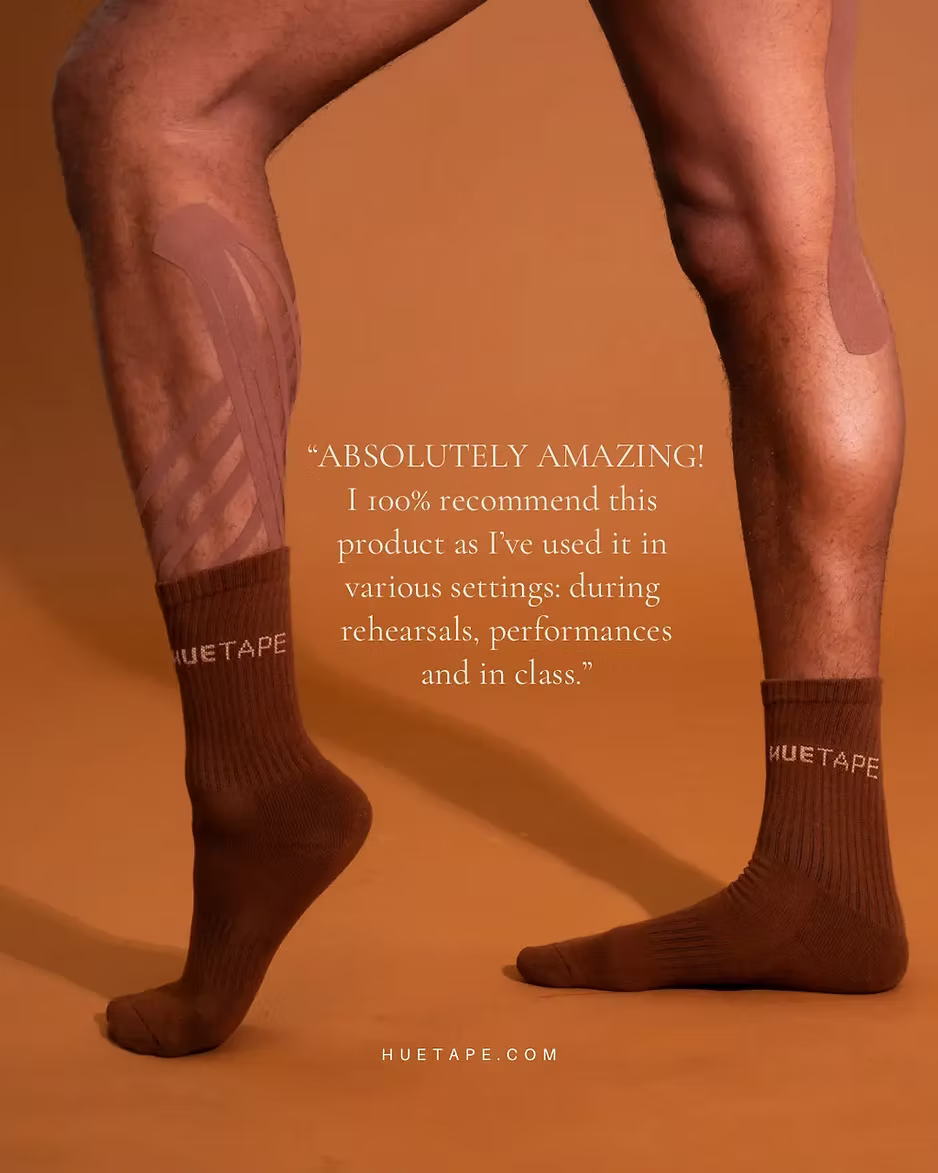How Does Kinesiology Tape Provide Muscle Relief?
Kinesiology tape has become increasingly popular among athletes and fitness enthusiasts, but what exactly is it and how does it help with muscle relief? In this article, we'll explore the ways kinesiology tape can benefit your body and how it works to alleviate muscle pain.

Understanding Kinesiology Tape
Kinesiology tape is a flexible, stretchy material that mimics the skin's elasticity, allowing it to support and stabilize muscles and joints without restricting movement. Invented by Dr. Kenzo Kase in the 1970s, its widespread use today highlights its effectiveness.
Unlike traditional athletic tape, kinesiology tape doesn't compress your muscles. Instead, it works in harmony with your body's natural movements. This is particularly beneficial during physical activities where unrestricted mobility is crucial. By allowing full range of motion, kinesiology tape can potentially reduce the risk of experiencing further injury during workouts or competitions.
The design of kinesiology tape aims to provide a lifting effect on the skin tissue, which enhances the space between the skin and the underlying muscles' fascia. This increase in space can lead to improved circulation and a decrease in pressure under the tape. The science behind these tapes shows promising results in improving muscle function and overall performance, which explains its growing popularity.
How Kinesiology Tape Works
The tape works by slightly lifting the skin, which can help improve circulation and reduce swelling. This lifting effect also allows for increased movement of lymphatic fluids, which can help facilitate healing and reduce inflammation in injured areas.
Moreover, kinesiology tape's ability to enhance proprioception — the sense of how our body parts are oriented in space — adds another layer to its effectiveness. Athletes find that this enhanced awareness can lead to more precise movements, ultimately boosting performance. For more information on how proprioception affects muscle function, check out this in-depth article.
Application Techniques for Maximum Relief
Proper application is key to maximizing the benefits of kinesiology tape. Techniques vary depending on the specific muscle or joint being targeted, but generally involve stretching the tape to a certain degree and applying it along the muscles you wish to support.
Before applying the tape, ensure the skin is clean and free from oils or lotions, which could impact adhesion. Depending on the desired outcome, you might cut the tape into different shapes and lengths. For example, an 'I' strip can provide direct support, while a 'Y' strip might facilitate a broader support area. A comprehensive guide on taping techniques can be found on this sports health website.
Interestingly, taping doesn't only serve those with injuries. For athletes, applying kinesiology tape before physical activity can prevent strain by stabilizing key muscle groups. Similarly, if you’ve recently had an intense workout, using the tape post-activity may help alleviate soreness, acting as a proactive measure for muscle relief.
Common Uses and Benefits
From reducing muscle fatigue and soreness to enhancing performance and preventing injuries, the uses of kinesiology tape are numerous. It's commonly used by athletes, but anyone dealing with muscle or joint issues may benefit from its application.
One of the most compelling uses of kinesiology tape is in pain management. Studies have shown that applying the tape may alter the perception of pain by interfering with neural communication pathways. People experiencing conditions like arthritis or tendinitis may find relief by using kinesiology tape as part of their pain management plan.
Furthermore, it serves as a supportive tool for body mechanics. For instance, individuals with posture issues can use kinesiology tape to remind themselves to maintain an upright position, which can prevent chronic pain related to slumping or poor ergonomics.
Choosing the Right Tape for Your Needs
With various brands and types available, picking the right kinesiology tape can feel overwhelming. Consider tape thickness, waterproof features, and elasticity to ensure you select one that suits your specific needs and activities.
Begin by identifying your primary usage for the tape. Some might prioritize durability for long sport events, while others seek tapes with enhanced breathability for everyday wear. It’s important to assess your individual needs and consult reviews or expert opinions like those frequently updated in sports forums to make an informed decision.
Wrapping It Up: The Simple Science Behind Kinesiology Tape
Kinesiology tape offers a simple yet effective method to support muscles and enhance recovery. Whether you're an athlete or someone dealing with everyday muscle discomfort, understanding and using kinesiology tape can be a game-changer in managing your muscle health.







